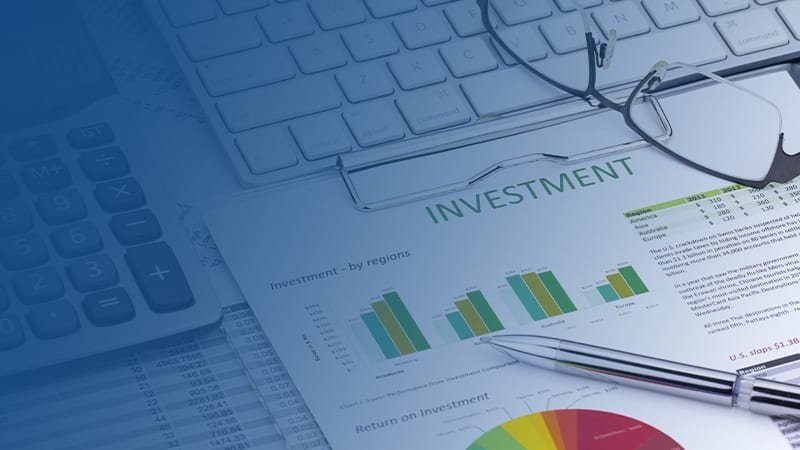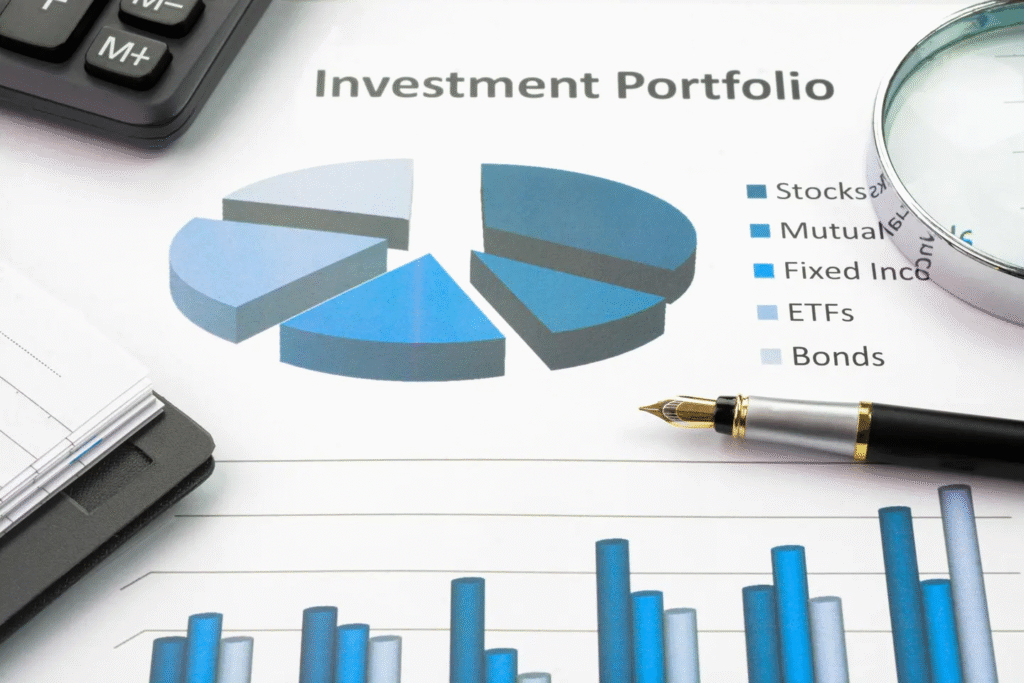Selecting the best investments account isn’t about finding the flashiest platform—it’s about aligning your account structure with your financial objectives, tax situation, and time horizon. In 2025, investors have more options than ever: taxable brokerage accounts, IRAs, 401(k)s, self-directed accounts, and even private wealth structures. The “best” account depends entirely on whether you’re prioritizing tax efficiency, access to private markets, liquidity, or legacy planning.
Match the Account to the Objective
- For Long-Term, Tax-Free Growth: Roth IRA
Ideal for investors under 60 with earned income, the Roth IRA offers tax-free compounding and withdrawals. It’s best used for high-growth assets like equities, small-cap stocks, or—via self-directed custodians—private equity and real estate. Because gains aren’t taxed, this account maximizes the value of volatile, high-return assets. - For Current Tax Deductions and Retirement Savings: Traditional IRA or 401(k)
These tax-deferred accounts suit high earners seeking immediate deductions. They’re well-suited for income-generating or lower-growth assets (like bonds), since all withdrawals will eventually be taxed as ordinary income. - For Flexibility and Liquidity: Taxable Brokerage Account
While lacking tax advantages, taxable accounts offer unlimited contributions, no withdrawal restrictions, and the ability to harvest tax losses. They’re ideal for intermediate goals (e.g., a home purchase in 5–10 years) or holding tax-efficient assets like ETFs with low turnover. - For Institutional Access: Self-Directed or Private Wealth Accounts
High-net-worth investors and family offices often use self-directed IRAs or separately managed accounts (SMAs) to access private equity, real estate portfolio management, hedge funds, and global infrastructure—asset classes typically unavailable through standard retail platforms.
Why Account Structure Drives Performance
Two identical portfolios can yield vastly different after-tax returns based solely on account choice. For example, holding a high-growth tech stock in a Roth IRA lets all appreciation compound tax-free. The same stock in a taxable account incurs capital gains taxes on sale—and possibly dividend taxes annually.
According to a 2025 Vanguard study, strategic asset location (placing the right assets in the right accounts) added up to 0.75% in annualized after-tax returns over a 20-year horizon.
The ValueFinity Approach: Account Strategy as Part of Portfolio Design
At ValueFinity, we treat account structure as integral to investment strategy. For institutional clients, we often recommend a layered approach:
- Roth accounts for private equity and venture exposure
- Taxable accounts for global equities with loss-harvesting capability
- Trust or entity-owned accounts for legacy and estate efficiency
This ensures every dollar is positioned to grow as efficiently as possible—legally and sustainably.
Conclusion
The best investments account isn’t a single product—it’s the right structure for your strategy. In 2025, sophisticated investors win not just by picking winning assets, but by placing them where they can compound most effectively.
Learn more about strategic account and portfolio design at valuefinity.com or reach us at Capital@valuefinity.com .




